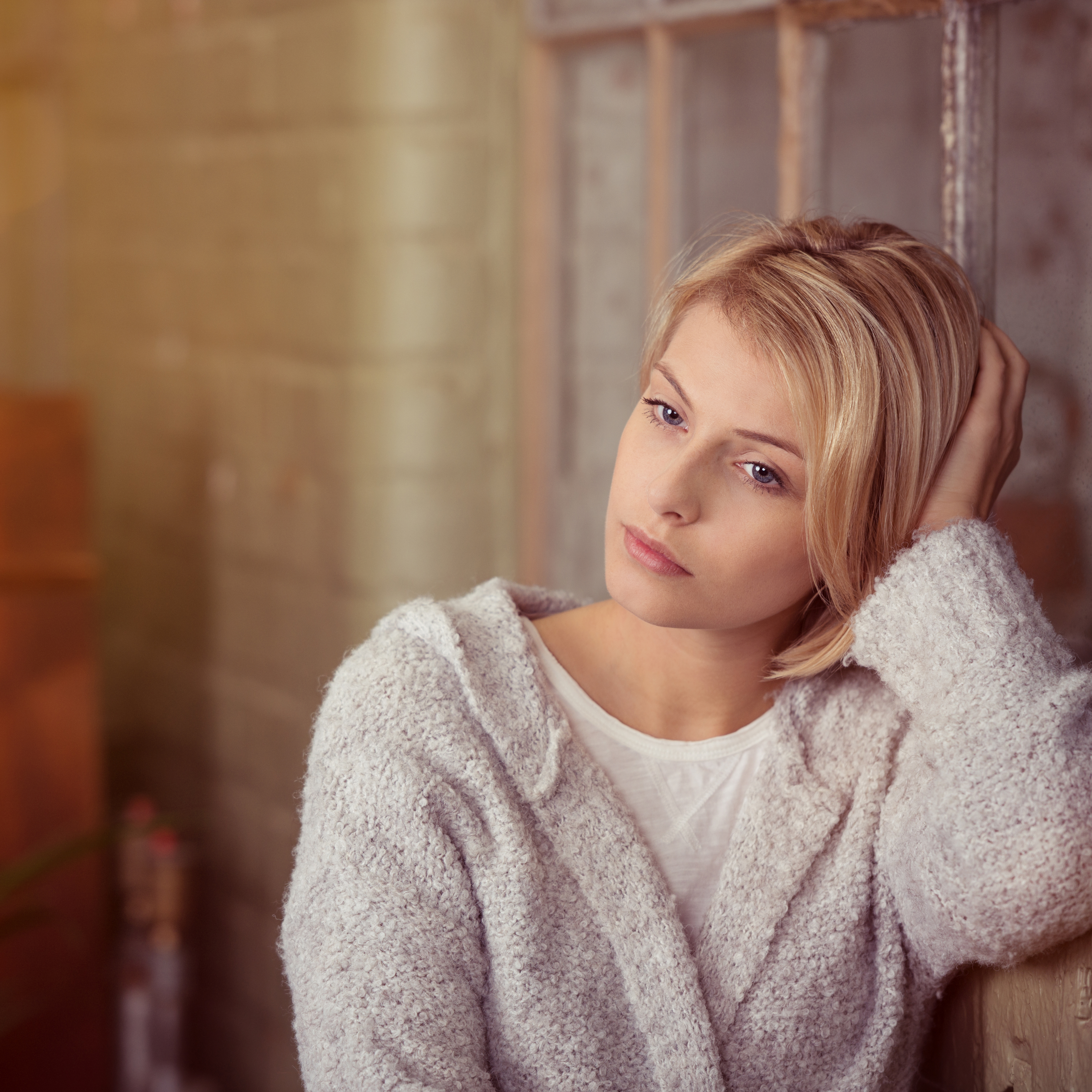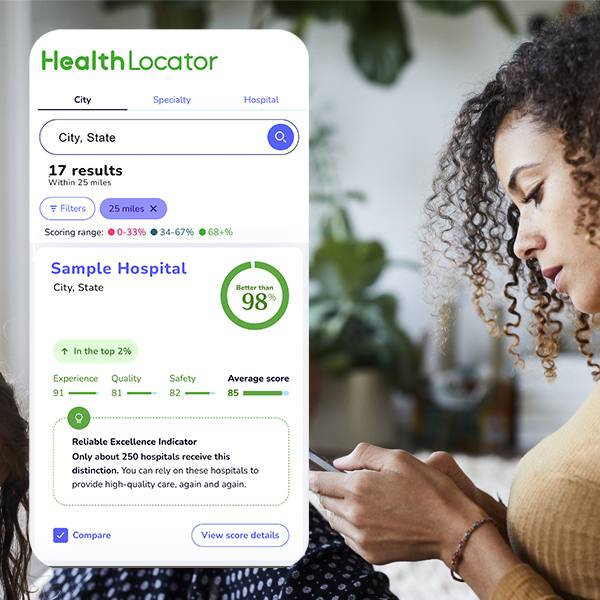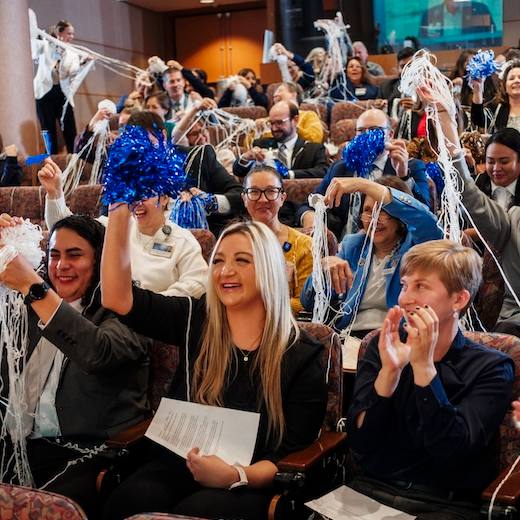-
Over-the-counter Head Lice Treatments not Always Enough
Over-the-counter Head Lice Treatments not Always Enough
May 27, 2011
Dear Mayo Clinic:
I hear head lice are making a comeback and that over-the-counter treatments don't work. What's the best way to treat head lice?
Answer:
Head lice seem to be more prominent now than in the past. The reason why is difficult to determine. Perhaps it's simply the natural life cycle of this infestation, or that the public is more aware of head lice. Over-the-counter treatments for head lice can often be effective but don't work in all cases. If head lice persist despite treatment at home, then it's time to see a doctor.
Head liceare tiny, wingless, parasitic insects that live and feed on blood from a person's scalp. They cause a lot of fear, anxiety and concern. But, fortunately, although a nuisance, head lice don't carry any dangerous transmissible diseases.
Head lice can spread easily. They may migrate from one person to another through direct contact or they can be passed through shared items, such as combs, hair brushes and towels. Head lice tend to stay within about an inch of the scalp, anchoring onto a hair shaft. If you suspect that you or a family member has head lice, the best places to look are behind the ears and along the back of the neck, near the scalp. Lice are very small, about the size of a strawberry seed. Their eggs (nits) resemble tiny pussy willow buds. Nits can be mistaken for dandruff, but they can't be easily brushed out of hair.
Because head lice often move rapidly through groups who have close contact, such as schoolchildren, prompt treatment is important to minimize spread. Many preschools, day care centers and elementary schools prohibit children with head lice from attending until they've been effectively treated.
Plenty of over-the-counter treatments for head lice are available. The most common are shampoos containing medications such as pyrethrin or permethrin, which kill the lice. In several regions of the country, however, some lice strains have become resistant to these medications. If you live in one of these areas, or if you try over-the-counter treatments and they don't work, make an appointment with your primary care doctor or a dermatologist to seek prescription treatment. Prescription creams or shampoos may help eliminate head lice when over-the-counter treatments aren't effective.
To catch the full life cycle of head lice, treatment should be used more than once. Using only one treatment will not affect head lice that are still in egg stage. To be most effective, treatment should be repeated seven or eight days after the first application.
If you don't want to use medications that kill head lice, a fine-toothed comb or nit comb can physically remove the lice from wet hair. This method, to be effective, needs to be repeated every three to four days for at least two weeks. However, removing all the lice and nits this way can be difficult.
Home remedies such as putting mayonnaise, oils or petroleum jelly on the scalp to suffocate head lice are rarely effective. Some people try to kill head lice with heat, using an extra-hot hair dryer. Putting kerosene on the hair is also sometimes used as a way to kill lice. These techniques can lead to severe burns. Do not use them.
If one person in your household has head lice, everyone who lives in your home or has prolonged exposure within the home — such as babysitters or overnight guests — should be treated. If school-age or preschool children are affected, notify their school or day care center.
Thoroughly wash all the materials and equipment that the person affected with head lice regularly uses, including combs, towels, washcloths, bedding and sheets. Vacuuming household furniture is also a good idea to help eliminate head lice from your home and prevent another infestation.
— Dawn Davis, M.D., Dermatology, Mayo Clinic, Rochester, Minn.
Related Articles







